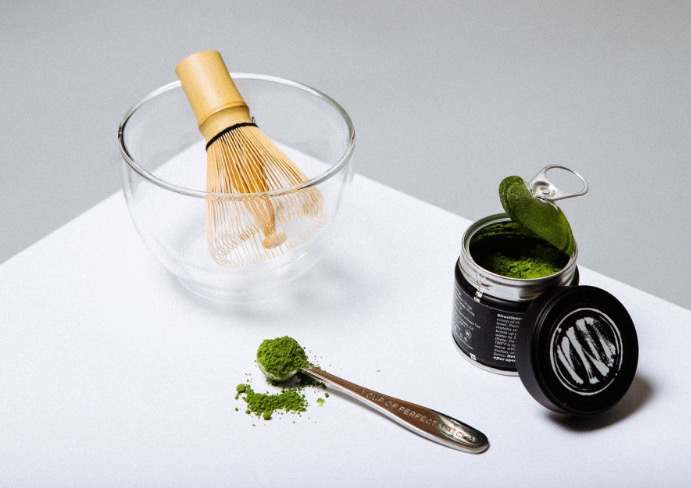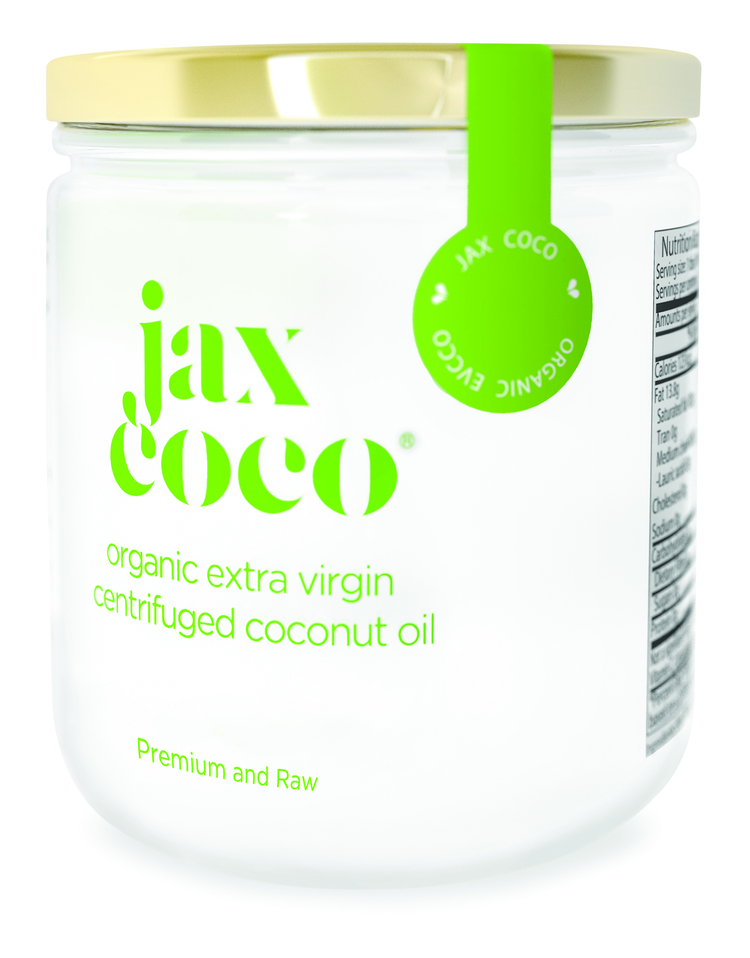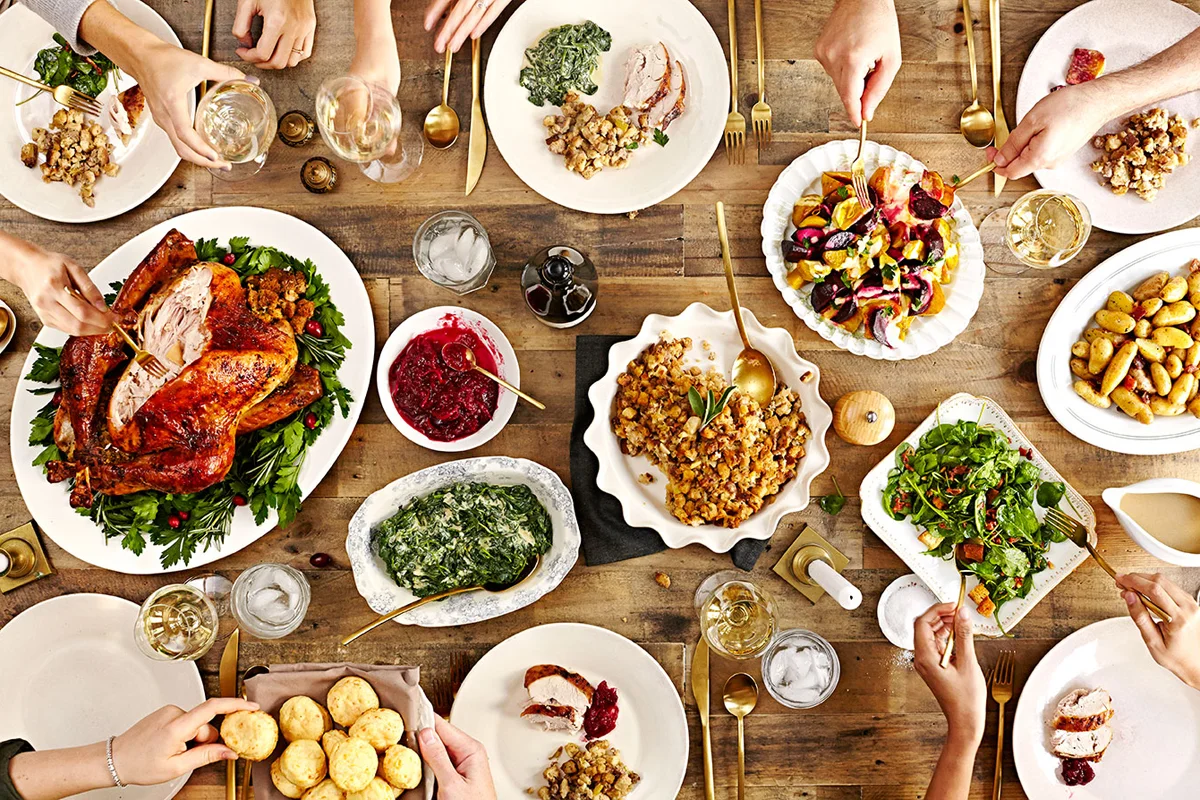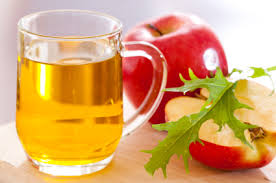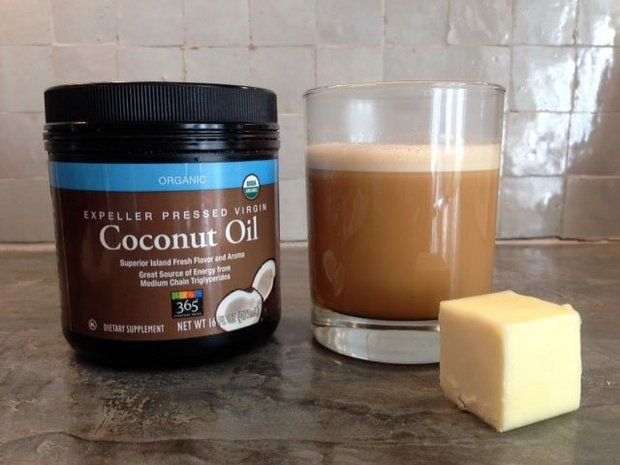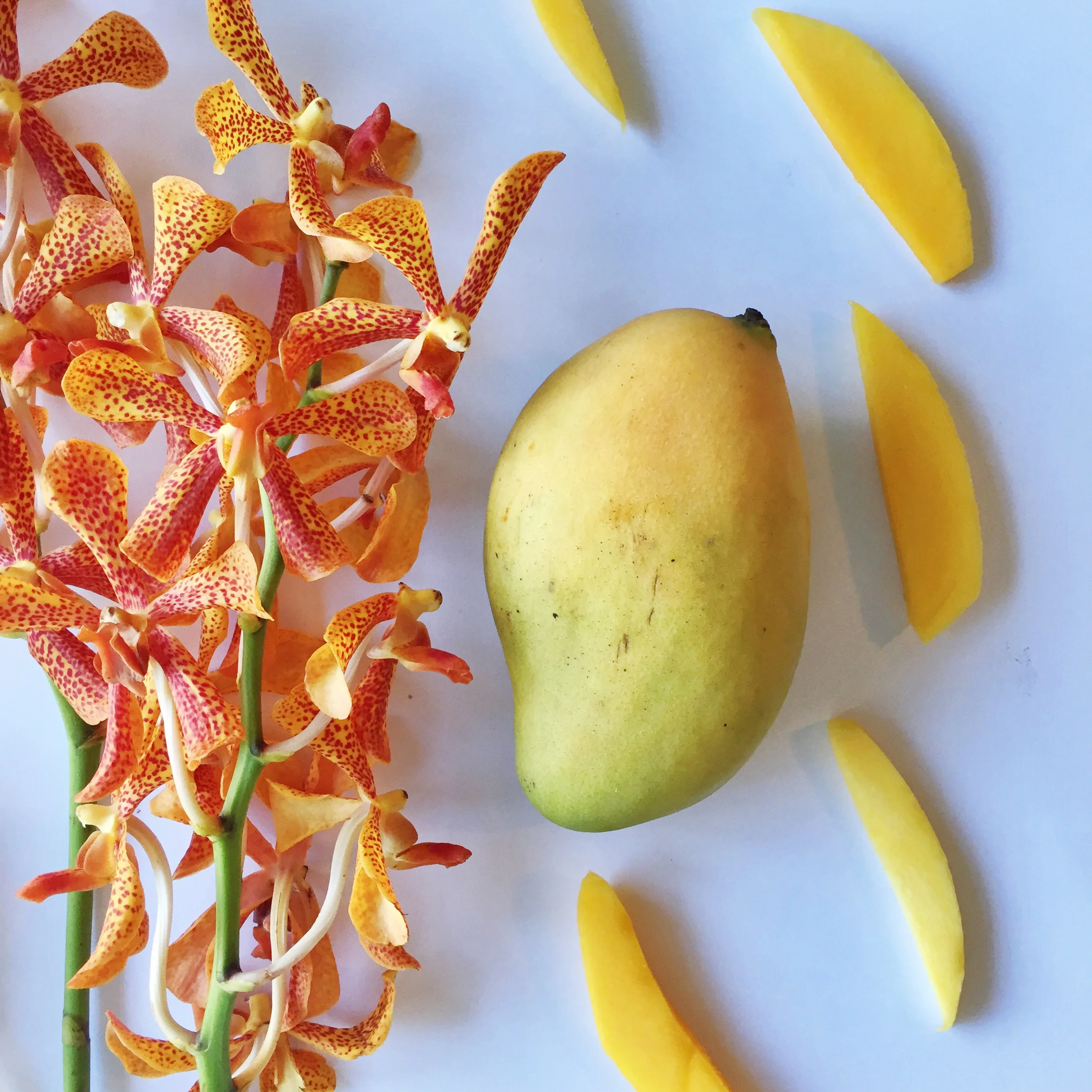This holiday season, we teamed up with Marisa Hochberg, founder of MJH Wellness to bring you the ultimate healthy holiday gift guide. Since we already agree that there is no better gift than the gift of health, we’re here to give you some healthy holiday shopping hints. Whether for you health manifests in a food product, a provocative read, or in a new set of workout gear to help you reach your 2016 fitness goals, we have conjured up a list that both the health nut and the nutrition newbie can work with.
PANATEA is one of our favorite matcha brands! They source their high quality matcha from the tea fields of Japan. One of the reasons we’re proponents of the matcha movement is because of the sheer antioxidant capacity of the tea. Remember, antioxidants act as our body’s “clean up crew” by protecting us from free radical damage, which can otherwise lead to tissue damage and even aging. As opposed to conventional steeped green tea, drinking matcha allows you to consume 100% of the nutrients.
Holiday gift sets include their ceremonial grade matcha, custom measuring scoop, glass siping bowl, and bamboo whisk. Use the code “HealthyHoliday10” at checkout for a 10% discount.
How many times have we told ourselves, “I’ll start on Monday?” Whether you’ve been meaning to lose those extra holiday pounds or you need some guidance when it comes to eating clean, there’s no longer a reason to put your health on hold!
While we all need a little “me time” to relax and unwind during the holiday season, too often we push that aside to take care of others. Gifting a massage at Equinox will give your loved ones a perfect excuse to treat themselves guilt-free. The Equinox spa offers something for everyone- from pre-natal to sports massages, your loved ones can personalize their relaxation experience.
Fashionable fitness lines are pretty much de rigueur these days, but they're still not the kind of couture that gets people buzzing during Fashion Week. Unless, of course, the line comes from an A-list designer like Cynthia Rowley. She’s not simply hopping on the fashion-meets-fitness bandwagon, though: Rowley, an avid surfer, has been designing wetsuits for years. This season, she decided to go all out.
The line adds a distinctly designer twist to workout gear, like metallic-embellished shorts and tanks, zebra-print wetsuits, slouchy track pants and zipper-accented backpacks. If your friends or family have fitness goals for 2016, give them a jumpstart to the gym with active wear they’ll want to show off.
5. 20 Pounds Younger by Michele Promaulayko
We all know the feeling of wanting to press the restart button come New Years. Keep your loved ones from painful attempts at cleanses and detoxes, and use these books as a guide. Michele Promaulako from Yahoo Health has collected the advice and tips from top experts in nutrition, fitness, and anti-aging to answer all of our pressing questions in her book "20 Pounds Younger".
Treehouse retreats are the ultimate girls wellness weekend that will give your girlfriends something to look forward to when the winter seems unbearable. Treehouse retreats occur each summer in the Hamptons and offer an intimate, women only weekend with a maximum of 6 guests. You and your best friends can stay in the cozy accommodations with New York’s best fitness instructors and foodies. Retreats are tailored for each group to create the perfect getaway. If a day of nourishing and healthy meals followed by yoga, paddleboarding, surfing and tennis sound right up your alley, the Treehouse retreats are definitely worth looking into.
6. The spiralizer with the Inspiralized Cookbook
We admit it, we are spiralizing addicts. Zucchini noodles, carrot and beet ribbons on salads, or baked sweet potato shoestring fries are all weekly staples thanks to our handy spiralizer. This is perfect for those friends who like to get creative in the kitchen, without spending tons of time or money. Pair the kitchen toy with the Inspiralized Cookbook to offer some recipe inspiration!
Help save the world by gifting a Swell water bottle, beautifully crafted out of non-toxic stainless steel. In the US alone, 50 million plastic bottles are dumped in landfill sites each year, and over 200 billion globally. Swell water bottles replace those plastic bottles while looking sleek and keeping drinks cold for 24 hours or hot for 12. Swell also gives back to those in need by donating to UNICEF to help provide clean water to the world’s most vulnerable children. Now there’s a gift you can feel good about.
We couldn’t be more excited about Lifeway’s Kefir holiday flavors, Cranberry Creme Brulee, Eggnog, and pumpkin spice. Rather than bringing a bottle of wine to your next holiday party, surprise your guests with a bottle (or two!) of your favorite kefir smoothie! Aside from being rich in protein, calcium, and vitamin D, Lifeway’s kefir is a good source of probiotics, which are those beneficial microorganisms found in your digestive tract that help to boost immunity and support digestion. Let’s face it, we could all use a little immunity boost during the cold holiday season!
Launched in Hong Kong in 2012 by Jane Gottschalk & partners, Jax Coco is known globally for producing the highest-quality coconut products, including the world's first premium glass-bottled coconut water.
Inspired by the crisp coconut water that it champions, Jax Coco offers Pure Coconut Water, Flavoured Coconut Water, Jax Kidz, Extra Virgin Centrifuged Coconut Oil, Jax Coco Toasted Coconut Chips and now, Jax Coco EVCCO Snaps. With the cold weather creeping in this holiday season, the it is extra important to keep skin moisturized and to stay hydrated and we can’t think of a better way to do this than with Jax Coco products! The luxe packaging makes for the perfect gift and decor in homes and bathrooms this holiday season and beyond!
Celebrity fans include Stella McCartney, Sienna Miller, Elton John, Cara Delevigne, Elizabeth Hurley and Matthew Williamson
There is good reason Tata harper has gained popularity among celebrities and beauty experts. Her products are 100% natural and nontoxic. The formulas use the most advanced natural skincare technology to bring the most effective products on the market. If you’re not sold already, Tata’s products are completely environmentally sustainable; they buy renewable energy from the state of VT to run their facilities and use recycled glass and paper to cut down on their carbon footprint.
We all know the benefits of exercise, but finding the time and money to spend on a gym membership can be obstacles for many. Daily burn is a no-excuse, accessible way to workout. All you need is an internet connection. For $12.95 per month, your loved ones will have access to all a large variety of workout videos led by expert trainers plus access to an interactive workout community.
12. "It Was Me All Along" by Andie Mitchell
This amazing memoir is perfect for those on your list looking for inspiration to become healthier. The New York Time’s best-selling author, Andie Mitchell recalls an honest account of her struggles with binging, obesity and the traumatic childhood that led her to seek solace in food. A definite must gift for anyone on your list looking for inspiration and a remarkable story during the holiday season. Stay tuned for Andie’s highly anticipated cookbook, "Eating in the Middle" coming out on March 29th.
13. "They All Fall Down" By Anna Kohanski Mason
Anna Kohanski Mason is a former bond trader turned leading force in the health and wellness space. After leaving the corporate world of Wall Street, Anna co-founded BurnThis, one of the leading apps for fitness. Through BurnThis, Anna established herself as a maven in the health and wellness space. Anna’s new book is perfect for the family member or friend who might work in the corporate world but whose passion lies in leading a healthy lifestyle.

